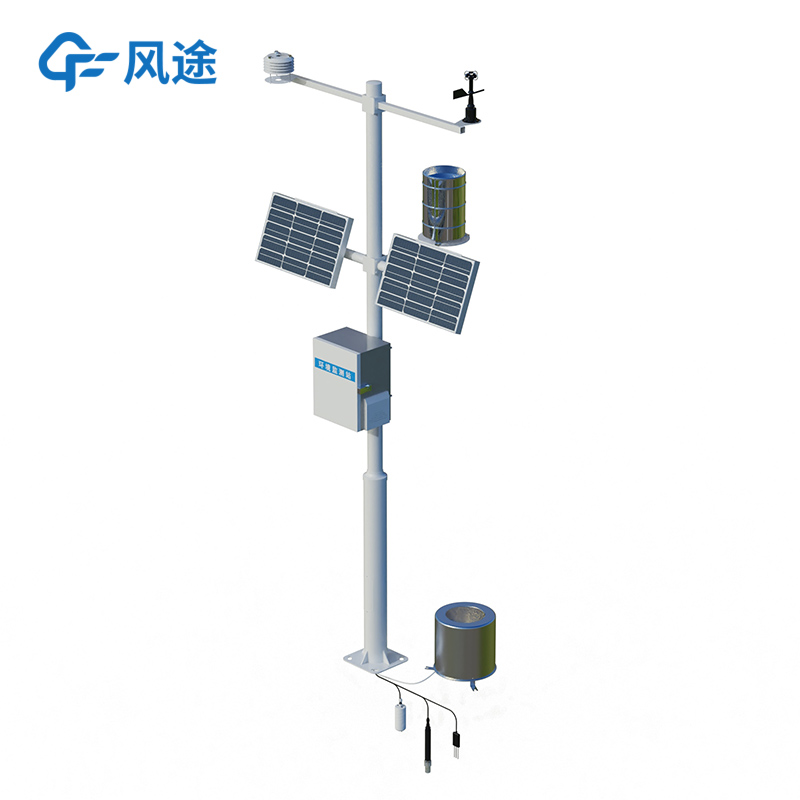Meteorological environment monitoring equipment supplier
Insist on doing high-precision customer favorite technology products
The Agricultural Environment Monitoring System is an automated equipment integrated with multiple sensors. Its function is to monitor environmental parameters closely related to crop growth in real-time, continuously, and accurately.
These parameters are mainly divided into three categories.
First are soil parameters, which form the foundation for crop growth. The equipment continuously measures soil moisture (directly reflecting irrigation needs and drought conditions), soil temperature (affecting seed germination and root activity), soil electrical conductivity (used to evaluate soil salt content and prevent salinization), soil pH value (determining soil acidity and alkalinity, related to nutrient availability), and the content of major nutrients such as nitrogen, phosphorus, and potassium through sensors buried or inserted underground, providing direct basis for precision fertilization.
Second are meteorological parameters, which describe the climatic environment above the crop canopy. The monitor is equipped with weather station components that can accurately collect data such as air temperature and humidity, wind speed and direction, rainfall, light intensity or more specific photosynthetically active radiation (PAR, directly related to plant photosynthesis efficiency), and atmospheric pressure.
In addition to the above, other parameters include carbon dioxide concentration (affecting photosynthesis rate), and leaf surface humidity (used to predict disease occurrence risks, especially in protected agriculture).
The collected data is transmitted to the cloud platform via wireless technologies such as 4G/5G and LoRa, allowing users to view remotely through computers or mobile apps. The system can set early warning thresholds. When soil drought, low-temperature freeze damage, or strong wind weather approaches, the system will automatically send alerts to farmers, achieving disaster prevention and mitigation.
In addition to basic field cultivation, such monitors can also be used in greenhouses, orchards and tea gardens, forestry research, and other fields.
